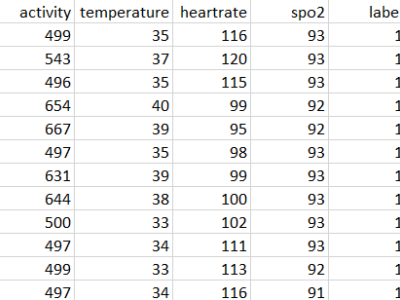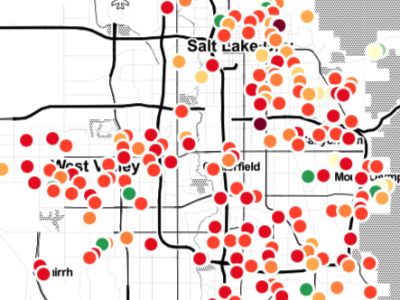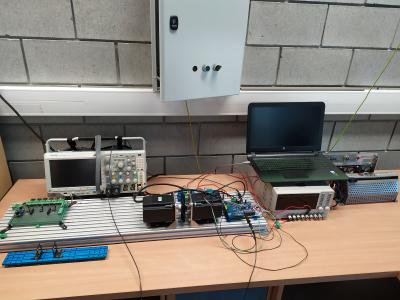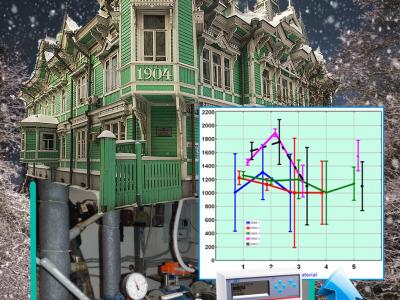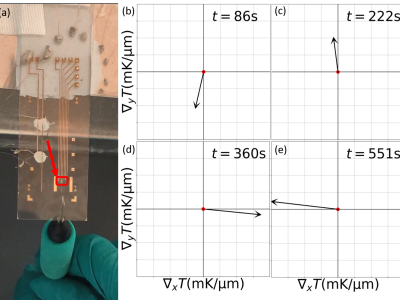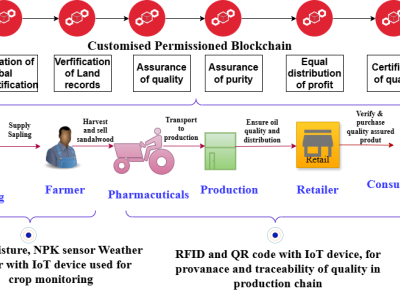
The incorporation of Internet of Things (IoT) technology with agriculture has transformed several farming practices, bringing unparalleled simplicity and efficiency. This article explores the robust integration of IoT and blockchain technology(BIoT) in agricultural operations, offering insight into the resulting BIoT system’s design. This study investigates the potential benefits of merging the IoT and blockchain technologies in agriculture. A system for tracking plant growth using sensors and blockchain-integrated IoT has been developed and analyzed.
- Categories:


